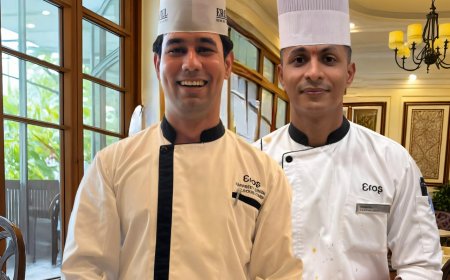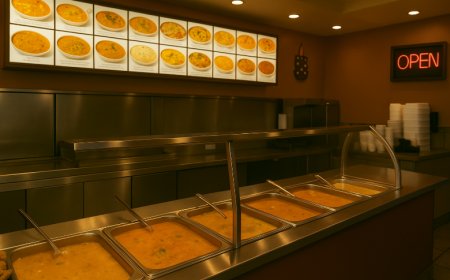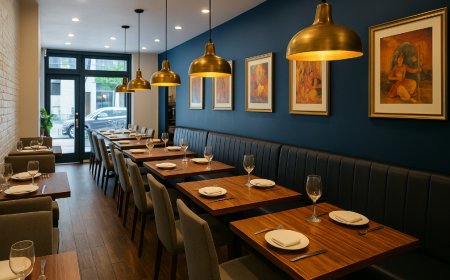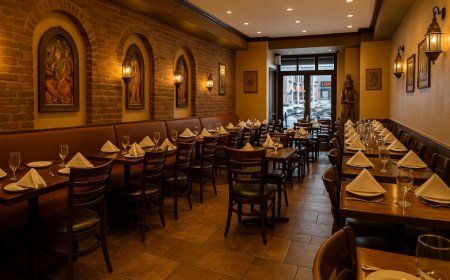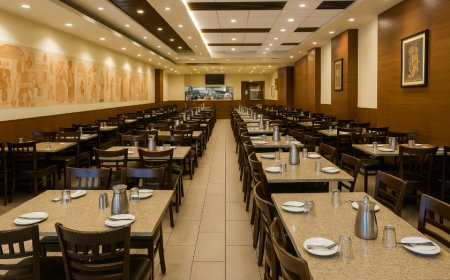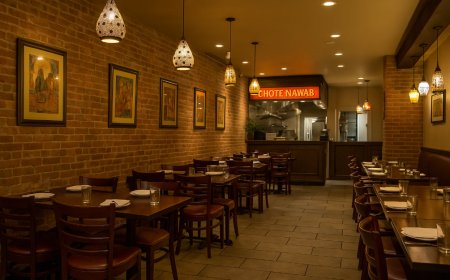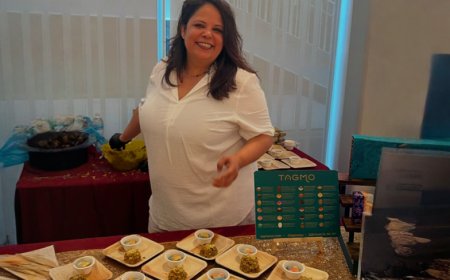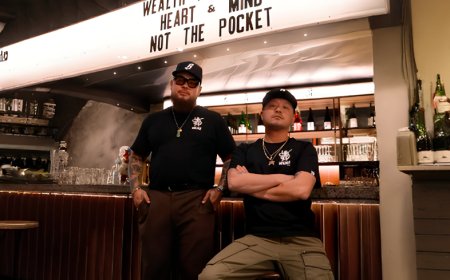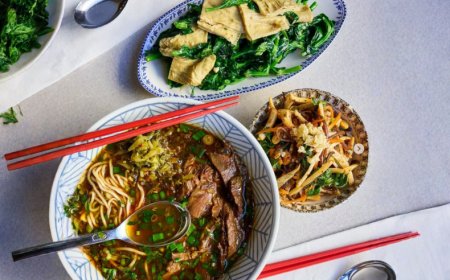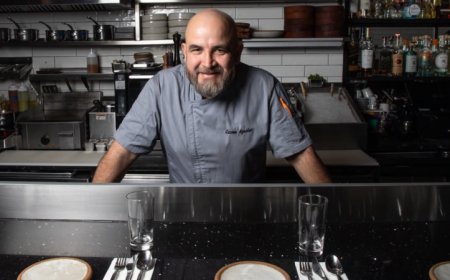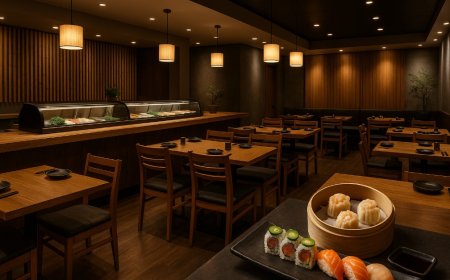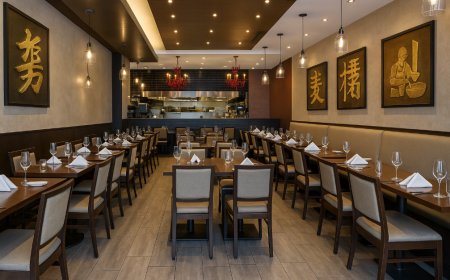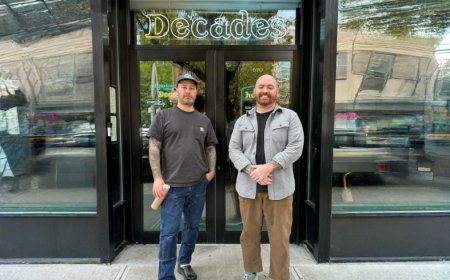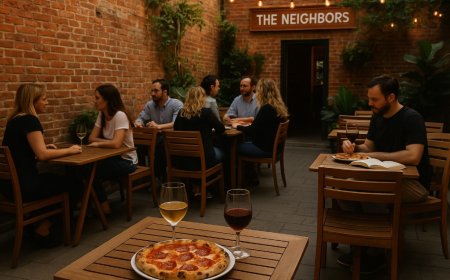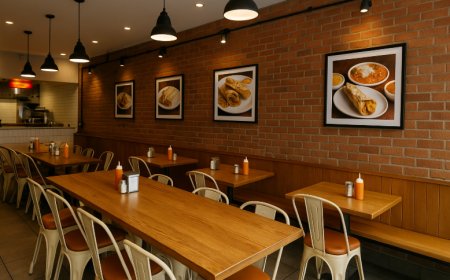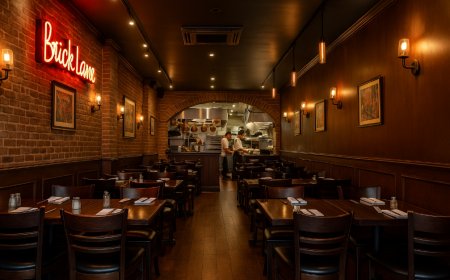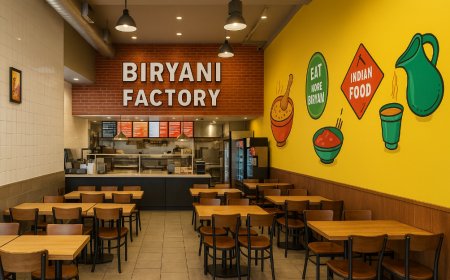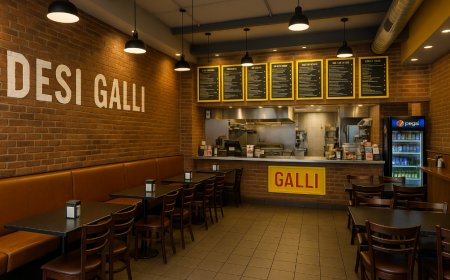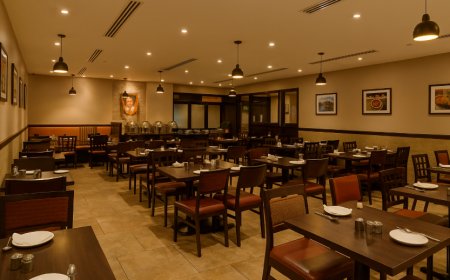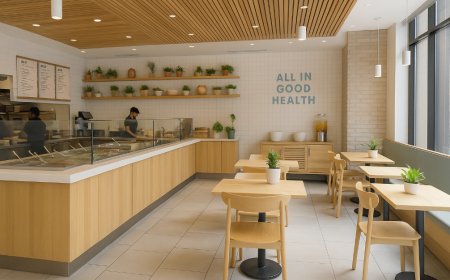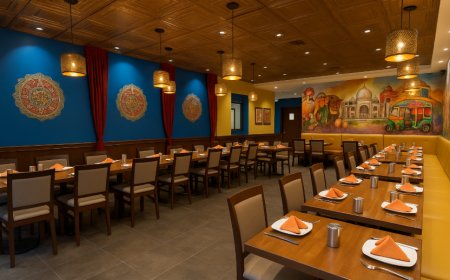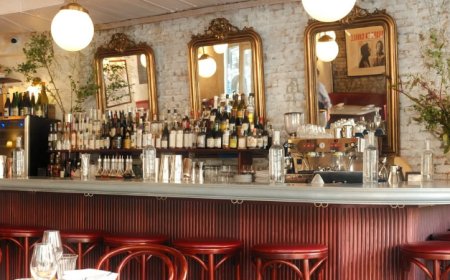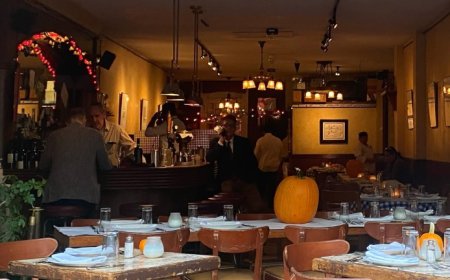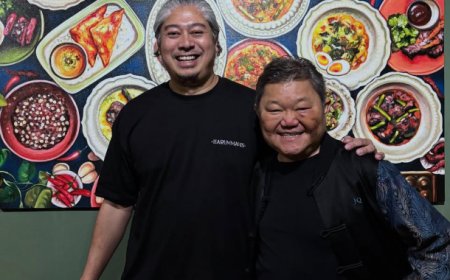Foul Witch in the East Village: Roberta’s Legacy Lives On Through a Spooky Italian Masterpiece
Explore Foul Witch, the East Village restaurant by Roberta’s co-founders, blending elevated Italian dining with downtown edge. A new chapter in NYC's culinary evolution.

Where Downtown Cool Meets Italian Artistry
New York’s East Village has always welcomed the offbeat, the inspired, and the inventive—and Foul Witch, the latest culinary venture from the team behind Roberta’s, is all three. Opened in the heart of winter, this intimate new spot from chef Carlo Mirarchi and business partner Brandon Hoy is already one of the most sought-after dining experiences in Manhattan. With bookings vanishing within minutes, Foul Witch has rapidly become the crown jewel in a culinary empire that started with a humble pizzeria in Bushwick.
In many ways, this latest project feels like a return to roots—while simultaneously pushing boundaries further than ever before. Drawing from a decade-plus of innovation, Foul Witch blends irreverent spirit, high-level technique, and a touch of the surreal in what the team cheekily dubs a “spooky Italian” concept. The result? A restaurant that feels haunted by greatness—in the best possible way.
From Bushwick to the East Village: The Evolution of a Brand
The Roberta’s name has long stood for more than just pizza. Since opening in 2008, the original Bushwick location became a haven for culinary creativity and countercultural energy. It wasn’t just a place to eat; it was a movement. With graffiti-laced walls, wood-fired pies with playful names, and a community vibe that welcomed chaos and innovation in equal measure, Roberta’s changed the idea of what a restaurant could be.
By 2012, that ethos found fine-dining expression through Blanca, an ambitious tasting menu concept hidden behind the pizza ovens. Helmed by Mirarchi, Blanca earned widespread acclaim and attracted discerning food lovers from around the world. While the pandemic put Blanca on pause, it never erased the team’s appetite for pushing boundaries.
Fast forward to Foul Witch, and the team’s signature flavor is unmistakable—elevated, experimental, yet unmistakably “of Roberta’s.” It's an extension, not a departure. It’s as if they took the raw energy of Bushwick and distilled it into something moody, mature, and thrillingly unpredictable.
Inside the Witch’s Lair: A Dining Experience Like No Other
The ambiance at Foul Witch is immediately striking. Dimly lit with gothic-tinged design elements and a subtle undercurrent of the occult, it walks a fine line between cozy and mysterious. A drum and bass soundtrack hums beneath the buzz of conversation, and the room feels alive, pulsing with anticipation.
The dining room is tight but intentional, making every seat feel like an invitation into something exclusive. There’s a bar up front for casual diners looking for a spontaneous experience, and then there’s the main room where every dish is a carefully staged act.
Perhaps what truly sets Foul Witch apart isn’t the décor or soundtrack, but the emotional continuity it shares with Roberta’s. The mood is informal yet precise, edgy but warm—a careful balancing act that gives the restaurant its rare charm.
The Magic Behind the Menu
Chef Carlo Mirarchi’s culinary style has always walked the line between rustic tradition and avant-garde technique. At Foul Witch, he leans heavily into Italian roots, with a strong emphasis on handmade pasta, house-baked bread, and flavor combinations that evoke both comfort and surprise.
Pastas are the heart of the menu. Each dish is handmade, thoughtfully plated, and grounded in regional Italian inspiration while being unafraid of reinterpretation. Diners rave about the smoked duck cappelletti, squid ink tagliatelle, or the deceptively simple cacio e pepe, which uses aged cheeses and precise emulsification to elevate the classic.
Bread is another showstopper—baked in-house and served with 36-hour cultured butter that has already become legendary. It’s the kind of butter people ask to take home—but they’re politely told “no.” It's not just about exclusivity; it’s about preserving the sanctity of the in-house experience.
The menu is compact, curated, and constantly evolving based on seasonal availability and the kitchen’s inspirations. The result is a dining experience that feels deliberate but never repetitive—every visit offers something slightly different.
A Cellared Treasure Trove: The Wines of Blanca Resurface
For wine lovers, Foul Witch offers an extraordinary surprise. Many of the bottles that once lived in the cellars of Blanca have been lovingly brought into rotation here, giving the wine list an aged depth that belies the restaurant’s youth.
Natural wines take center stage—an ongoing Roberta’s signature—but with a selection that’s more refined and structured than rustic. The goal here isn’t to shock with funk or novelty but to complement the food and elevate the total experience. Sommelier guidance is attentive but never overbearing, making exploration enjoyable for both novices and connoisseurs.
Hospitality with Edge: What It Means to Be “Of Roberta’s”
One of the most subtle yet powerful aspects of Foul Witch is its service. Leslie Vinyard, the group’s service director, has been with the Roberta’s family for over 13 years and brings a nuanced understanding of hospitality that’s become part of the brand’s DNA.
According to the team, the intention was always to ensure Foul Witch felt distinctly like a part of the Roberta’s lineage. That means a service model that’s friendly, intuitive, and just the right amount of rebellious. There are no white tablecloths or stiff formality here—just knowledgeable servers who care deeply about your experience and understand when to step in and when to let the food speak for itself.
It’s a modern model of hospitality, one that respects tradition but leaves room for individuality, for personality, and for joy.
How to Snag a Table at One of NYC’s Hottest Restaurants
Since its debut, getting a reservation at Foul Witch has become one of the most coveted feats in the downtown dining world. With only a limited number of tables, securing a spot requires planning, flexibility, and a bit of luck. But for those in the know, a bar seat might offer a spontaneous workaround—ideal for solo diners or those with adventurous timing.
The reservation demand isn’t driven by hype alone. It’s a genuine reflection of the restaurant’s quality and the loyalty of the Roberta’s community, many of whom have followed the team from Bushwick to the East Village and everywhere in between.
A Glimpse Into the Future
While Foul Witch is just beginning its journey, it’s already carving out a distinctive space in New York City’s culinary narrative. More than a sequel or spinoff, it feels like a culmination—a restaurant that pulls from years of creative evolution and distills it into something sharper, darker, and undeniably alluring.
For those who followed Roberta’s from its scrappy early days through its rise to international recognition, Foul Witch feels like a familiar tale told with new magic. And for those discovering this culinary family for the first time, it's a striking introduction—proof that NYC’s most exciting dining experiences are often the ones that dare to be different.
Conclusion: The Spellbinding Future of NYC Dining
In a city obsessed with novelty, Foul Witch offers something rarer: intentionality, soul, and creative vision honed over a decade. From its handcrafted pastas to its moody soundtrack and mysteriously lit interiors, this East Village gem is a masterclass in how to evolve without losing your roots.
What's Your Reaction?
 Like
0
Like
0
 Dislike
0
Dislike
0
 Love
0
Love
0
 Funny
0
Funny
0
 Angry
0
Angry
0
 Sad
0
Sad
0
 Wow
0
Wow
0
